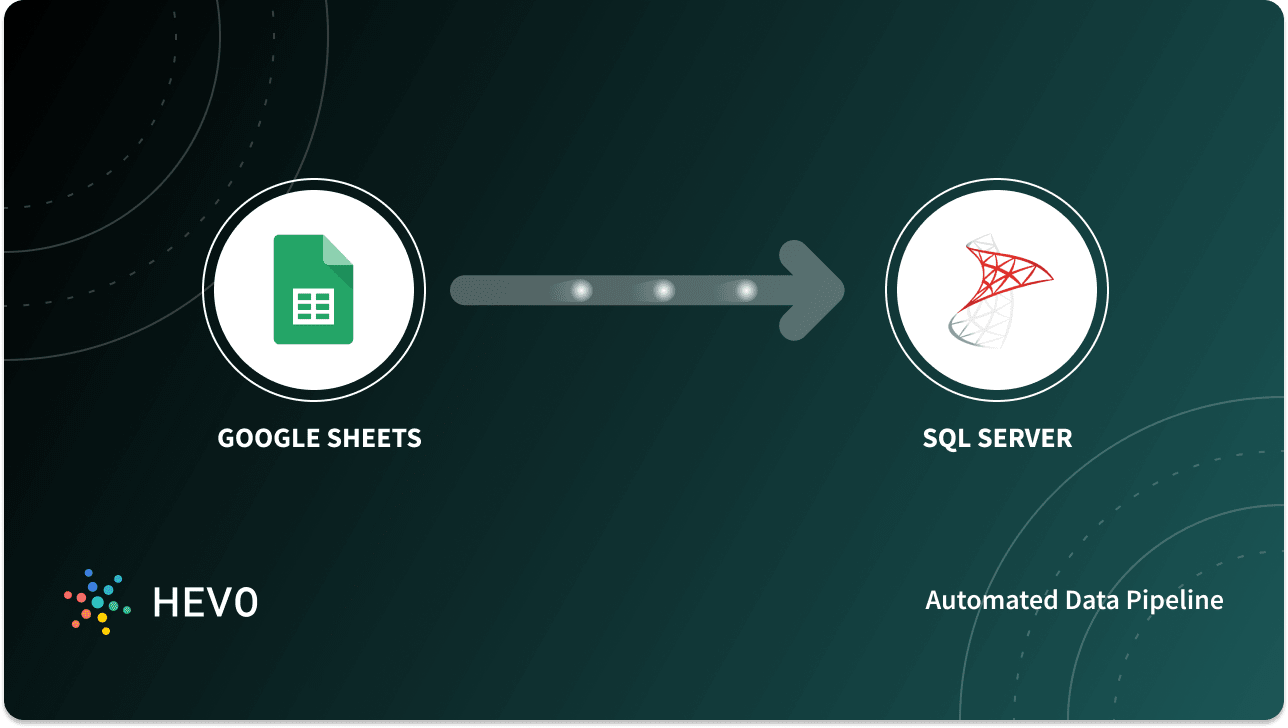
The prominent features of both relational as well as non relational databases have been specified which form the basis of the comparison between the two types of database. The Database is largely concerned with managing massive amount of data in a consistent, stable, repeatable and quick manner. We report the comparison between the two leading type of Database storage components prevailing in the industry. Nishtha Jatana1 Sahil Puri2 Mehak Ahuja3 Ishita Kathuria4 Dishant Gosain5ġAssistant professor, Department of Computer Science and Engineering, Maharaja Surajmal Institute of Technology, New Delhi, IndiaĢ,3,4,5 Student, Department of Computer Science and Engineering, Maharaja Surajmal Institute of Technology, New Delhi, India Microsoft is committed to your privacy as described further in our Trust Center.A Survey and Comparison of Relational and Non-Relational Database Note, however, the custom table and column names may be replicated across regions and are deleted in accordance with our data retention policies. The data in the database tables associated with these tables is not accessed or used by Microsoft or replicated outside of the region in which the database is provisioned. The table and column names that Creators create help us understand scenarios that are common across the Microsoft Power Apps community and ascertain gaps in the service’s standard table coverage, such as schemas related to organizations. We use this knowledge to improve the Common Data Model for our customers. With the Microsoft Power Apps Common Data Model we collect and store custom table and column names in our diagnostic systems. For more information, see Configure database security. From the environment, you can further configure security permissions for other users by using the Security tab.

#Cloud free relational database add on license#
To create a database, you must be an administrator in the selected environment, and the appropriate license must be assigned to you. Currently, assigning permissions in database, do not support Azure AD security group. On creating the database, any security group assigned to Environment Admin or Environment Maker role will not be honored any more. You can assign additional users to pre-defined roles or even create custom roles. Users with Environment Maker continue to possess the same role. Users with Environment Admin role are now assigned to System Administrator role. When a database is created, the users who have environment roles assigned to them, will continue to maintain those privileges. Select Create a database to create the database. On, expand the Data section and click or tap Tables in the left navigation pane.

Select a security group to restrict access to this environment.Ĭreate a database in the Tables pane of Power Apps You must select No for Enable Dynamics 365 apps for this setting to appear. Sample data gives you something to experiment with as you learn. Select Yes to include sample apps and data. Select Yes and make a selection to automatically deploy apps such as Dynamics 365 Sales and Dynamics 365 Customer Service.

More information: Dataverse language collations

The default language for this environment. Select the environment to which you want to add the database.Įnter the following, and then select Add. In the admin center, in the left navigation pane, select Environments. For security reasons, we do not support creating a copy of the database for local use.


 0 kommentar(er)
0 kommentar(er)
